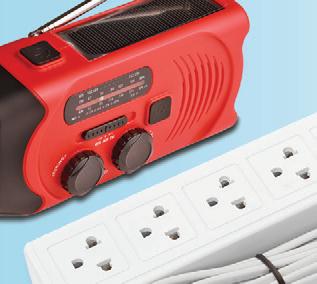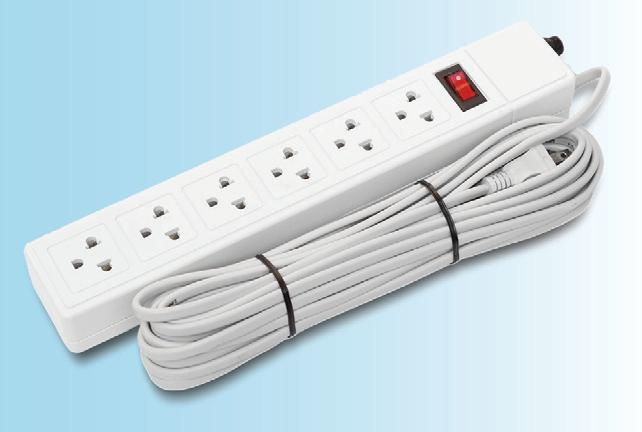Natural hazards can happen at any time. Protect yourself and your family with this handy disaster preparedness guide that’s lled with tools and resources to get you ready before tragedy strikes.








Natural hazards can happen at any time. Protect yourself and your family with this handy disaster preparedness guide that’s lled with tools and resources to get you ready before tragedy strikes.











Hawaii serves as an ideal place to live, work and play, and yet the state’s location in the middle of the Paci c — where calm conditions often lull both residents and tourists into a false sense of security — puts the islands in the direct path of nature’s wrath. The warm waters and steady stream of trade winds that create Hawaii’s favorable climate also serve as feeders for tropical storms and hurricanes.
Natural disasters can strike at any time, and with few bu ers between the islands and surrounding landmasses, Hawaii is at high risk for potential destruction. While the state was fortunate to emerge relatively unscathed following the catastrophic earthquake and resulting tsu-




nami that ravaged Japan in 2011, the same could not be said for residents of Hilo on Hawaii island’s eastern shore in 1946. An earthquake with a magnitude of 7.8 spawned in Alaska’s Aleutian Islands generated massive walls of water, which crashed into the unsuspecting town and killed 159 people. Many curious bystanders, in- cluding school children, ventured into the exposed reef area, unaware that the receding water would soon give way to a tsunami, which can travel at speeds up to 500 mph.

Hurricanes are regular threats, as the large storms churn over warm Paci c waters, growing in size and strength until breaking apart or, in rare cases, making








Natural disasters can hit at any time, and with few bu ers between our island chain and the larger landmasses surrounding it, Hawaii is at especially high risk for potential destruction.
landfall. Hurricane Iwa in November 1982 was a Category 1 storm and was the rst hurricane to strike Hawaii since statehood.
On Sept. 11, 1992, Hurricane Iniki earned the distinction as the most powerful hurricane to hit Hawaii, as the Category 4 storm passed over Kauai and caused six deaths.
Hawaii is a hotbed of volcanic activity, as active volcanoes like Kilauea continuously churn up new land on the Big Island’s southeast coast. Earthquakes linked to eruptions have resulted in severe damage over the years, as was the case with a 7.9 magnitude quake in April 1868, which killed 81 people and destroyed more than 100 homes.
Hawaii’s rains make the islands rich in
lush vegetation and agricultural potential, but can also prove hazardous when ash oods result from severe downpours. In October 2004, a ash ood made its way through University of Hawaii at Manoa’s Hamilton Library and damaged 60 homes. Two years later, six weeks of steady rain caused ooding across the state, including on Kauai, where the raging water broke the Ka Loko Dam. Then, in 2018, a record-breaking ood destroyed the Garden Island’s North Shore with around 50 inches of rain in 24 hours.
All of these events are more than enough reason to prepare yourself, your home and your ohana before disaster inevitably strikes the state again.
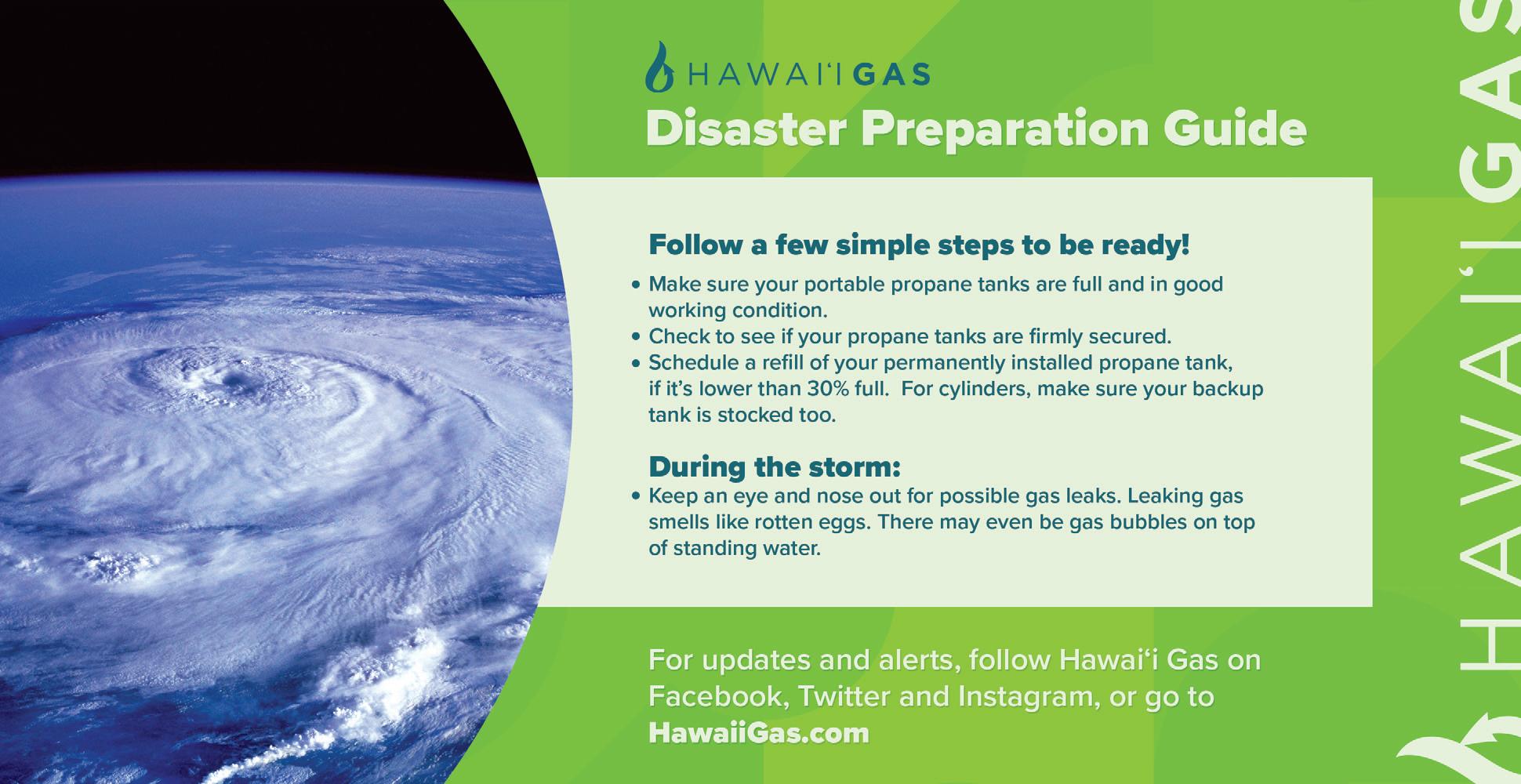















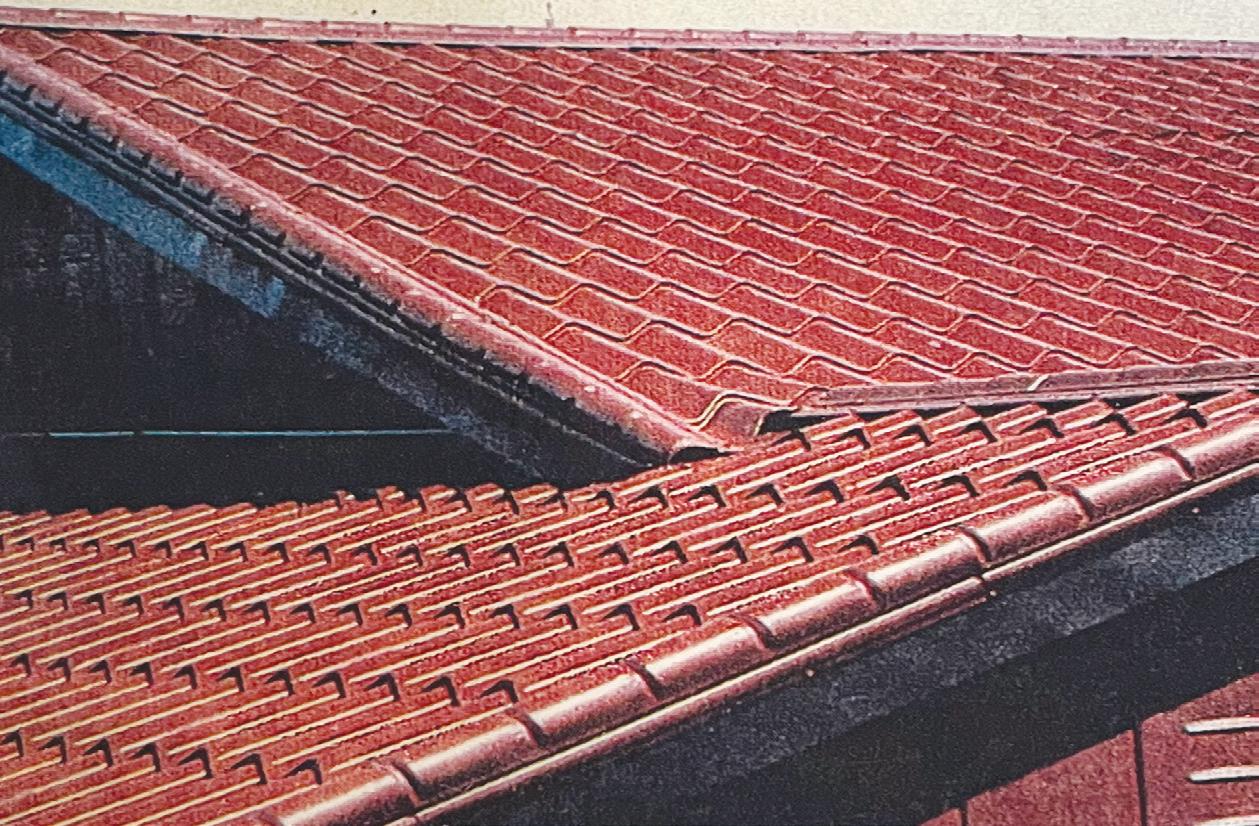









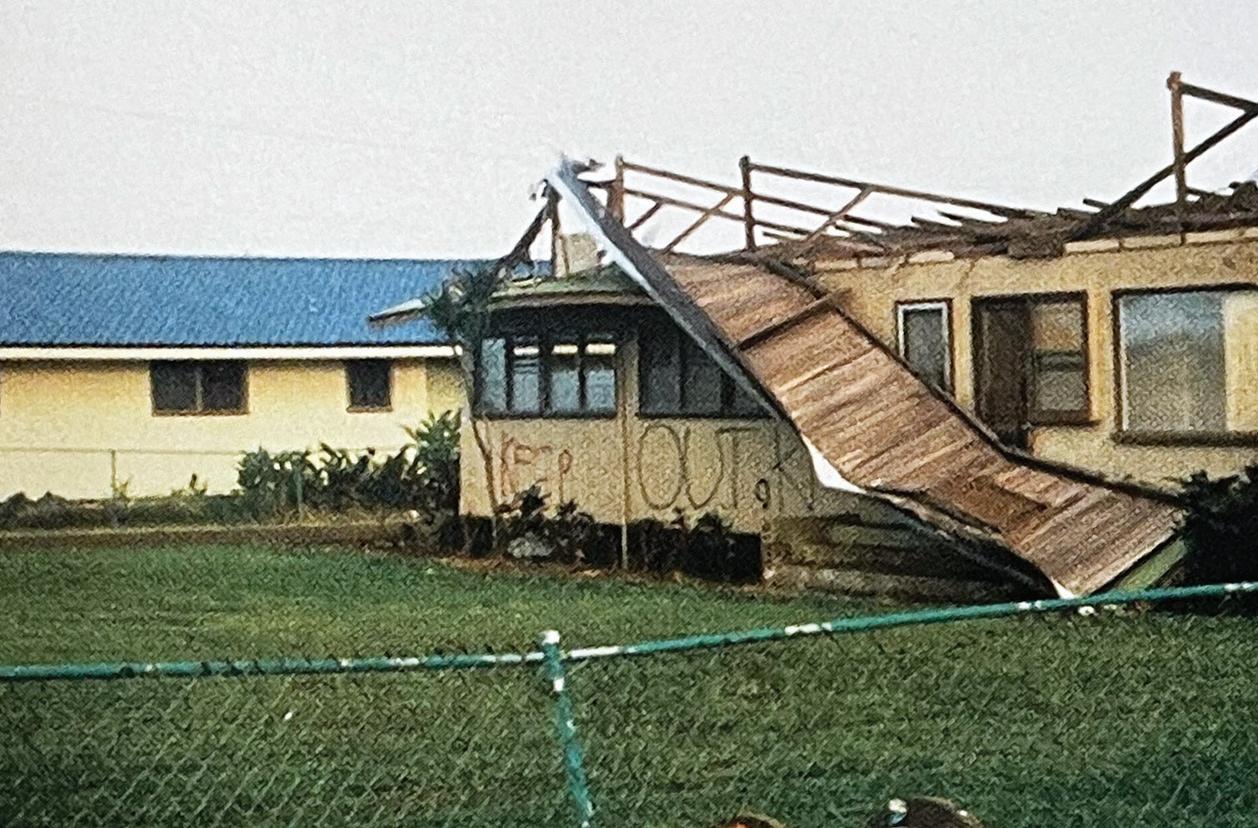










As we enter the 2023 hurricane season, the American Red Cross of Hawaii urges everyone to prepare. Regardless of how many storms are predicted, it only takes one impacting our islands to have a powerful effect on the lives of us all. Preparing early is your best defense. Here are five steps you can take to be prepared:
• Make an evacuation plan. Plan multiple routes to local shelters, register family members with special medical needs as required and make plans for pets.
• Build an emergency kit. Include a gallon of water per person, per day, nonperishable food, a flashlight, battery-powered radio, first aid kit, medications, supplies for an infant or pets if applicable, a multi-purpose tool, personal
hygiene items, copies of important papers, cell phone chargers, extra cash, blankets, maps of the area and emergency contact information. Because of the pandemic, include a mask for everyone in your household. If you already have a disaster kit, make sure the food and water is still OK to consume and that copies of important documents are up to date.
• Homeowners insurance doesn’t always cover flooding. It’s important to have protection from the floods associated with hurricanes, tropical storms, heavy rains and other conditions that impact the United States. For more information on flood insurance, please visit the National Flood Insurance Program website at floodsmart.gov.
• Download the free Red Cross Emergency app. This features real-time alerts, open Red Cross shelter locations and safety advice on hurricanes and other emergencies.
• Be informed. Find out how local officials will contact you during a disaster and how you will get important information, such as evacuation orders. You are also invited to follow us for real-time updates on our social media platforms. We’re on Facebook, Twitter, Instagram, and LinkedIn as @hawaiiredcross.
If you would like to donate or volunteer, visit redcross.org/hawaii or call 808-7398109. Find the Red Cross of Hawaii at 4155 Diamond Head Road.












Be sure you supply enough food and water for each person, and for at least 1-2 weeks.










WATER (1 gallon per person, per day)





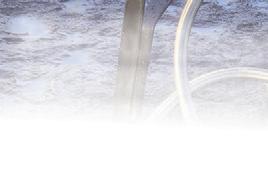

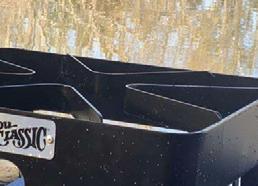






NON-PERISHABLE FOOD





FLASHLIGHT


















BATTERY-POWERED RADIO






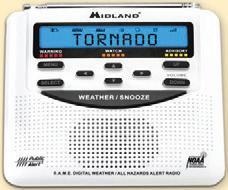


FIRST-AID KIT






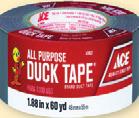





MEDICATION (for at least 1 month)
SUPPLIES FOR INFANTS AND PETS





MUTI-PURPOSE TOOL





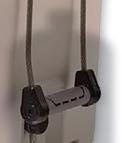
















PERSONAL HYGIENE ITEMS







CELL PHONE CHARGERS


BATTERIES



EXTRA CASH BLANKETS


AREA MAPS

EMERGENCY CONTACT INFORMATION

































COPIES OF IMPORTANT DOCUMENTS (store in waterproof containers)



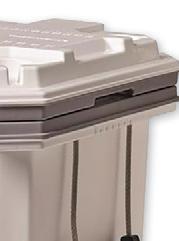
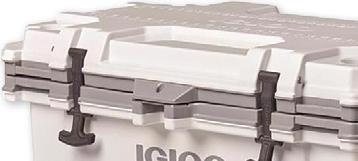























IDENTIFICATION CARDS

As we head into hurricane season, it’s critical to plan ahead for the safety and security of your whole family, including your pets. Your pet preparedness disaster plan should include knowing the location of your nearest evacuation shelter and having a pre-packed emergency pet kit ready to go at a moment’s notice.

Hawaiian Humane Society staff and volunteers help run the companion animal side of emergency shelters that the City & County of Honolulu operates during a disaster. At these shelters, the Red Cross helps with the care of people, while Hawaiian Humane’s focus is on pets or stray animals in need. You can find a full listing and interactive online map of the City & County of Honolulu’s 38 potential disaster refuge areas at honolulu.gov/ hurricaneevac.
All emergency shelters opened by the City & County of Honolulu’s Department of Emergency Management are pet-friendly, but you should plan to have your own pets’ emergency supplies with you as the shelters may not stock pet supplies.
Your pre-packed emergency pet kit should include the following for each pet:

• A 14-day supply of food and water in sealed containers, along with food and water bowls.
• A crate or carrier for each pet with enough space for them to stand up and turn around in, with an ID card attached.
• Your pet’s leash and collar with an updated ID tag.
• Be sure that your pet’s microchip is updated with your current contact information before disaster hits! You can update your contact information with your pet’s microchip manufacturer or via an online database like 24pet. com
• Bedding, towels, and your pet’s favorite toys and treats.
• Medications, hygiene and grooming supplies, as well as cleaning supplies for crates and litter boxes.
• Your pet’s vaccine records and other veterinary information such as medication and dosage/administration instructions.
• A pet first aid kit.
• In case of separation, have current photographs of your pet(s) on hand.
In an emergency situation, listen to your local radio stations and check other news outlets to stay updated on weather conditions and shelter locations. If you decide to evacuate, take your pets with you. Do not leave them at home.
Additionally, you can stay tuned to our social media channels like Instagram (@hawaiianhumane) and Facebook (facebook.com/ hawaiianhumanesociety) for real time updates on closures, preparedness tips and which shelters will have a Hawaiian Humane presence.
We heavily rely on volunteers at these pet-friendly shelters during a disaster and are always seeking volunteers to lend a hand at locations islandwide. To learn more about how to be ready for a disaster, visit hawaiianhumane.org/ disaster-ready and for more information on becoming an emergency shelter volunteer, visit hawaiianhumane.org/volunteer.
Last year, Kauai marked the 30th anniversary of Hurricane Iniki. Many of our members vividly remember the physical and personal damages caused by the storm, as well as the extended period of time without electricity.

One Waimea resident who experienced the storm recalls, “I remember at night everybody had generators that would power their lights and refrigerators for a few hours. At 9 o’clock, everyone’s generators would go off and it was really quiet.”

A lot has changed since 1992. Local community members bought Kauai
Electric Co. in 2002, and it became Kauai Island Utility Cooperative — a member-based, not-for-profit cooperative. Originally, community members were motivated to gain more autonomy over utility operations and rates.
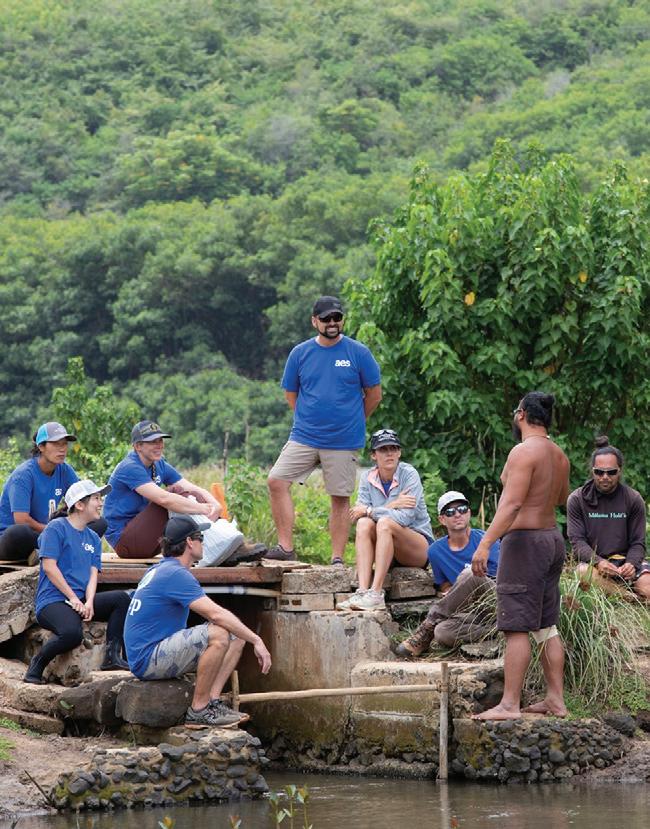
Throughout the years, diversifying power sources to improve reliability and address climate change concerns also became a priority.
KIUC has made much progress on storm hardening — physical improvements that can make utility infrastructure more resistant to weather. To increase resiliency and reliability in the
event of a severe storm, KIUC has made the following improvements:
• Diversified power sources from solar, hydro and biomass, and added KIUC’s largest conventional generating unit (Kapaia Power Station).
• Upgraded 80% of transmission circuits to steel poles, which are stronger than wood. Twenty percent of the remaining transmission circuits on wood poles have storm guy wires.

• Increased size standards for all wood poles.

• Moved KIUC’s administrative offices to Lihue in a hurricane-resistant building.


• Moved the eastside field
operations from Kapaa to the new Anahola Service Center. The new mauka (inland) location is on higher ground, away from flood zones, and includes a pole yard and adequate storage space for equipment to more efficiently serve the East and North sides.
• Instituted use of satellite phones, which allow staff to communicate in times of crisis.
• Deployed IT infrastructure, such as advanced metering infrastructure and an outage management system, which automatically sends the co-op information about outages rather than



having to physically inspect each one.
• Signed a memorandum of understanding with Hawaiian Electric Co. to mutually assist each other in the event of an emergency.
• Currently in development, the West Kauai Energy Project will supply the island with 25% of its energy and provide additional energy storage.
June 1 marked the start of hurricane season. Many weather experts think 2023 may be an El Niño year, which could produce more hurricanes. For hurricane preparation tips, visit our Storm Sense page at kiuc.
KIUC has reported some of the best reliability statistics in the state in recent years. We are always seeking ways to improve technology, infrastructure and communication. Planning and preparing for all types of catastrophic events is just one of the many ways KIUC works to provide the best service to our members.
To learn more about how KIUC plans to continue improving resiliency and reliability, read our Strategic Plan Update at kiuc.coop/ strategic-plan.
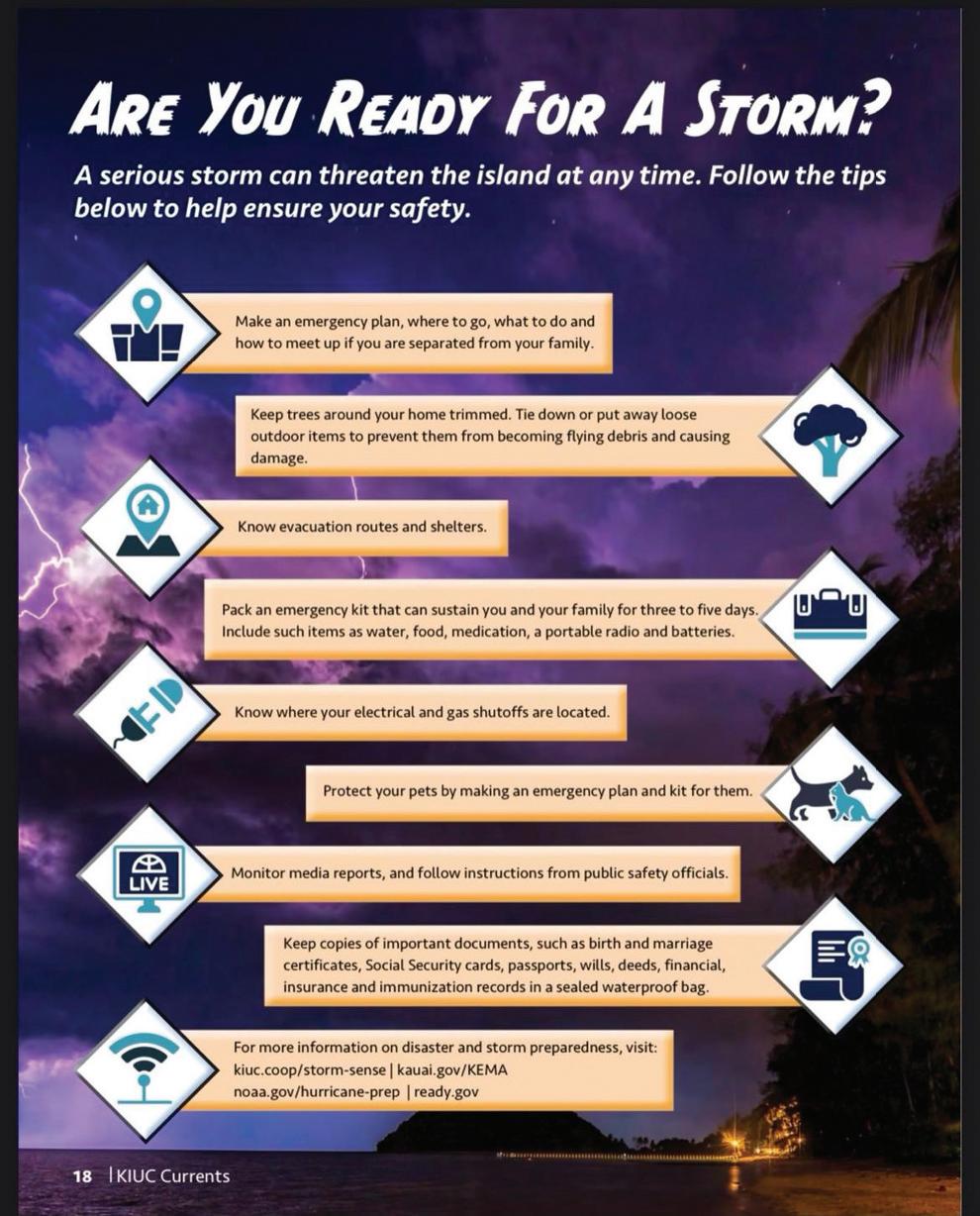

It’s been five years since the April 2018 rain bomb deluged Kauai’s North Shore with 50 inches of rain in less than 24 hours, triggering extensive flooding and massive landslides that led to road closures. What followed was a strong showing of commu-



nity support, with government agencies, the private sector and everyday folks teaming up to help communities from Hanalei to Haena. This was made possible by 10 years of participating in the state’s community-based disaster resilience plan.
Community resilience





is a community’s ability to anticipate disaster, cope in the short-term and adapt in the long-term. To do this, community members must leverage local resources, knowledge and networks. Lessons learned from the 2018 flood helped prepare communities for the April
2019 flood, and will shore up community resilience for future disasters.
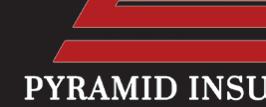
Climate change is only one factor in a complicated formula. Socioeconomic pressures like gentrification, lack of affordable housing and livable wages and displacement must also be in-


cluded in disaster response efforts.
The Hanalei to Haena Community Disaster Resilience Plan includes community priorities for climate adaptation and justice action planning. As part of the project’s commitment to laulima and cross-commu-

nity kokua, the project team makes the continuously updated public version available to other communities so that they may adopt and apply these strategies. For additional information, contact Makaala Kaaumoana at makaala@hanaleiwatershedhui.org.


During an emergency, water services may be turned off. To prepare for an emergency or severe weather event, plan ahead and have enough water stored for your essential needs.
emergency, water services may be turned off. To prepare for an emergency or event, plan ahead and have enough water stored for your essential needs.

WATER STORAGE: HI-EMA recommends 1 gallon of water per person, per day for up to 14 days.




HI-EMA recommends 1 gallon of water per person, per day for up to 14 days. Tune in to news reports and the latest Kaua'i Emergency Alerts. Kaua'i Emergency Alerts, visit www.kauai.gov/KEMA.
STAY INFORMED: Tune in to news reports and the latest Kaua’i Emergency Alerts. To sign-up for Kaua’i Emergency Alerts, visit www.kauai.gov/KEMA.
Department of Water on Facebook at @KauaiDOW for the latest updates.

www.kauaiwater.org | Facebook: @KauaiDOW | 808-245-5400 www.kauaiwater.org | Facebook: @KauaiDOW | 808-245-5400







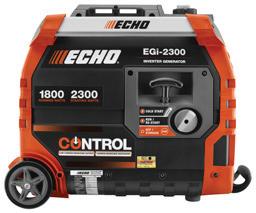
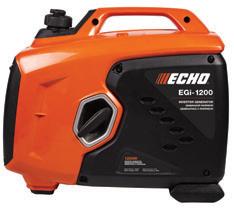
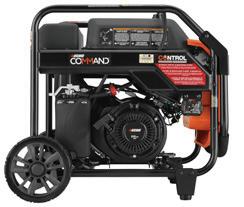
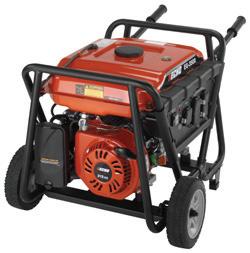





















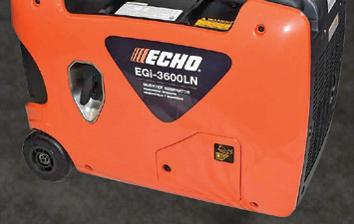















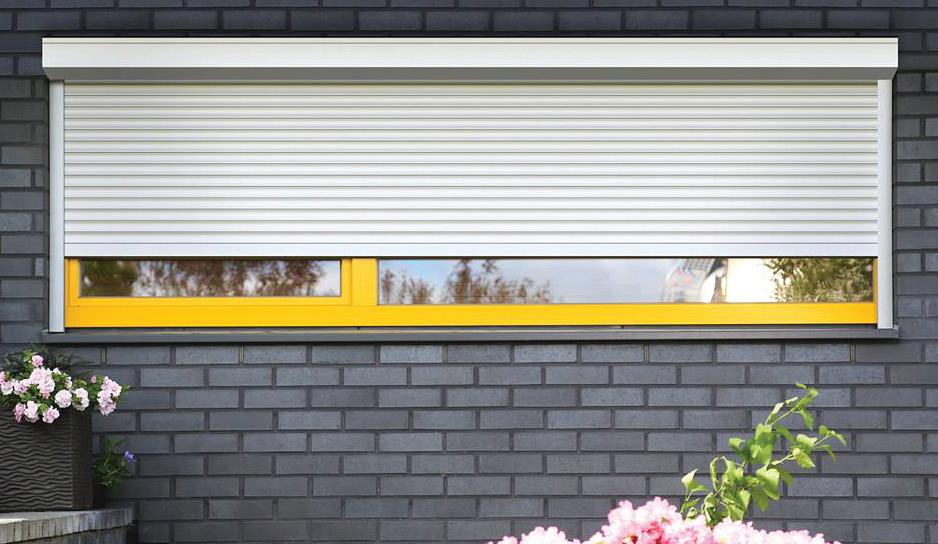


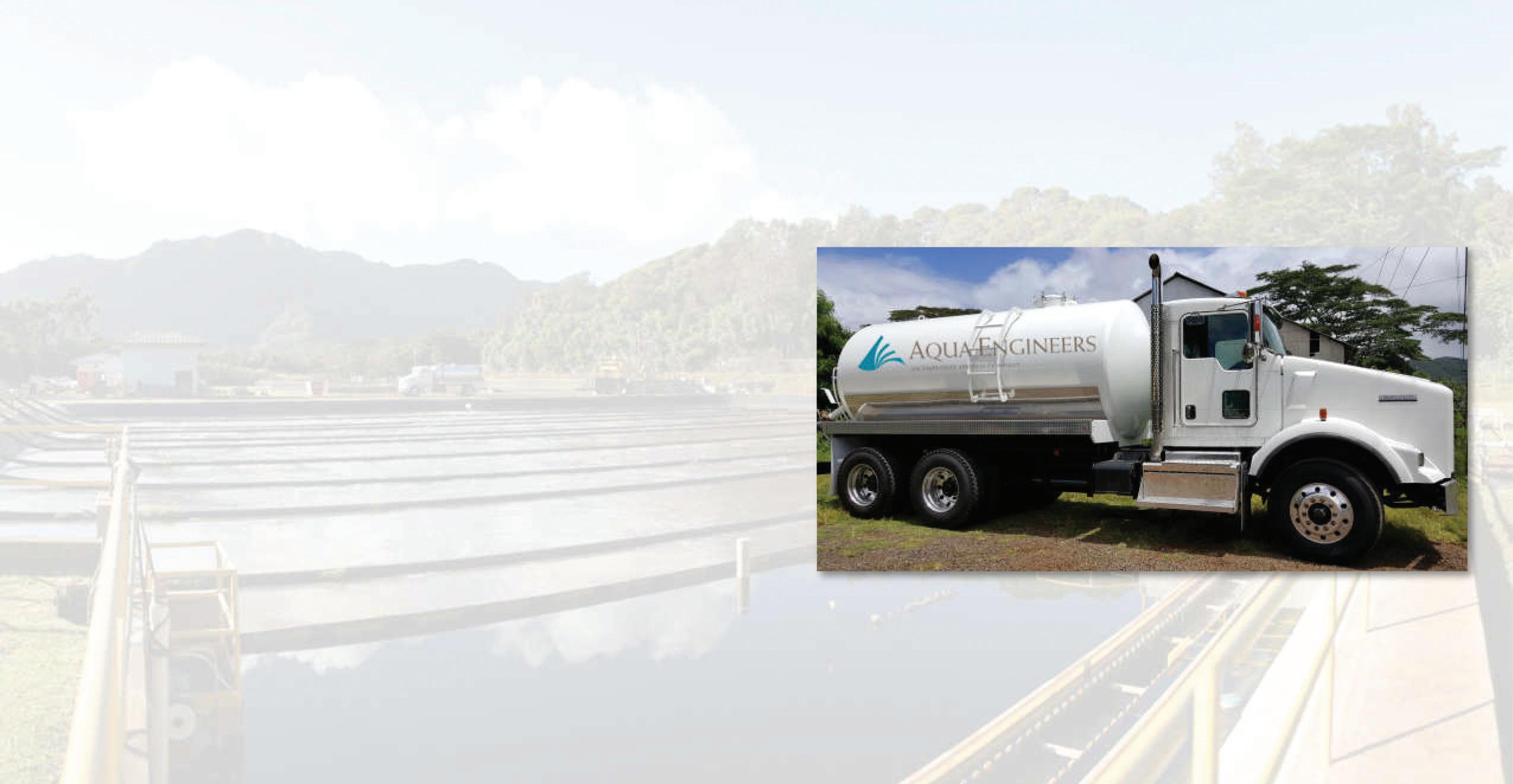
Tsunamis are not that common, according to the National Weather Service, but when they do hit, they can cause major damage to coastal communities, particularly those in the Paci c. Here in Hawaii, it’s important to be aware of the damage they can cause. Sometimes, there may not be time to wait for an o cial warning. NWS states a natural tsunami warning may be the only signal. Natural warnings include a strong or long earthquake, a sudden rise or fall of the ocean, and/or a loud roar from the ocean. Unlike hurricane season, there is no set time frame for tsunamis to hit, but there are things you can do to keep yourself and your family safe in case one does approach the islands.
•Make sure you have multiple ways to receive warnings.
•Make an emergency plan that includes plans for family communication and evacuation.
•Map out evacuation and traveling routes from home, work and other places you visit often to safe places on high ground or inland and outside the tsunami hazard zone. Plan to evacuate on foot if you can.
•Practice walking your escape routes, even in darkness and bad weather. This will ease evacuation during an emergency.
•Make a portable emergency kit that’s easy to grab when on the go.
•If you have children in school in a tsunami hazard zone, nd out the school’s plans for evacuating and keeping children safe.
•Stay out of the water and away from beach- es and waterways.
•Get more information from radio, television or your mobile device.
•If o cials ask you to evacuate, go quickly to high ground or inland.
•In case of an earthquake, protect yourself. Drop, cover and hold on. As soon as you can move safely, go quickly to high ground or inland.
•If there is earthquake damage, avoid fallen power lines and weakened structures.
•Stay out of the tsunami hazard zone until o cials say it is safe. The cancellation of a warning does not mean the danger has passed.
•Stay out of any buildings with damage or water around them until a professional or o cial says it is safe.
•Get updates and safety instructions from radio, television or your mobile device (text or data).
• Contact your family and loved ones. Let them know you are OK. Visit weather.gov/safety/tsunami.
Conducting preparedness education since 2007 for the state has revealed three major myths that have led to inaction in the face of potential disaster. Let’s address these in order of importance.

1. HURRICANE RISK IS LOW. The level of hurricane risk varies each year, partly due to the two- to seven-year oscillation of ocean temperatures as they go from cooler water in the Central-East Pa-
cific (La Niña) to warmer waters (El Niño) and then back. Tropical cyclone activity increases with El Niño as indicated by the 10 events in 1982 (including Hurricane Iwa), and the record 16 tropical cyclones in the Central Pacific in 2015.

The Super El Niño in 2015 was the biggest, with record-breaking temperatures. For the first time we had three Category 4 hurricanes in the Pacific simultaneously.
From 2020 to 2022, Hawaii experienced La Niña, which led to relative quiet in the Pacific and complacency by our residents.
Hurricane risk was still present, though, as it only takes one hit. Now, El Niño is returning this summer, with some models indicating it could proceed to a Super El Niño. The onset of this event should serve as a reminder that hurricane risk is significant, especially when considering the short- and long-term future with warmer waters, and more frequent hurricanes and El Niño’s. Everyone needs to be proactive.
2. IT WON’T BE THAT BAD. Risk assessments after hurricanes Iniki in 1992 and Lane in 2018 indicate that a Category 2 strike on Oahu could result in more than 50,000 houses being damaged or destroyed and $25 billion in damage. After Iniki, 1,100 homes were destroyed, 1,000 homes were severely damaged (>50%) and 4,200 homes were moderate damage (15%-50%). Since Oahu has roughly eight times more structures than Kauai, you can imagine the potential damage. Data from the City & County of Honolulu Department of Emergency Management indicates about 125,000 single family homes are vulnerable — that’s 64% of the homes on Oahu, primarily consisting of single-wall structures and those in the flood zone.




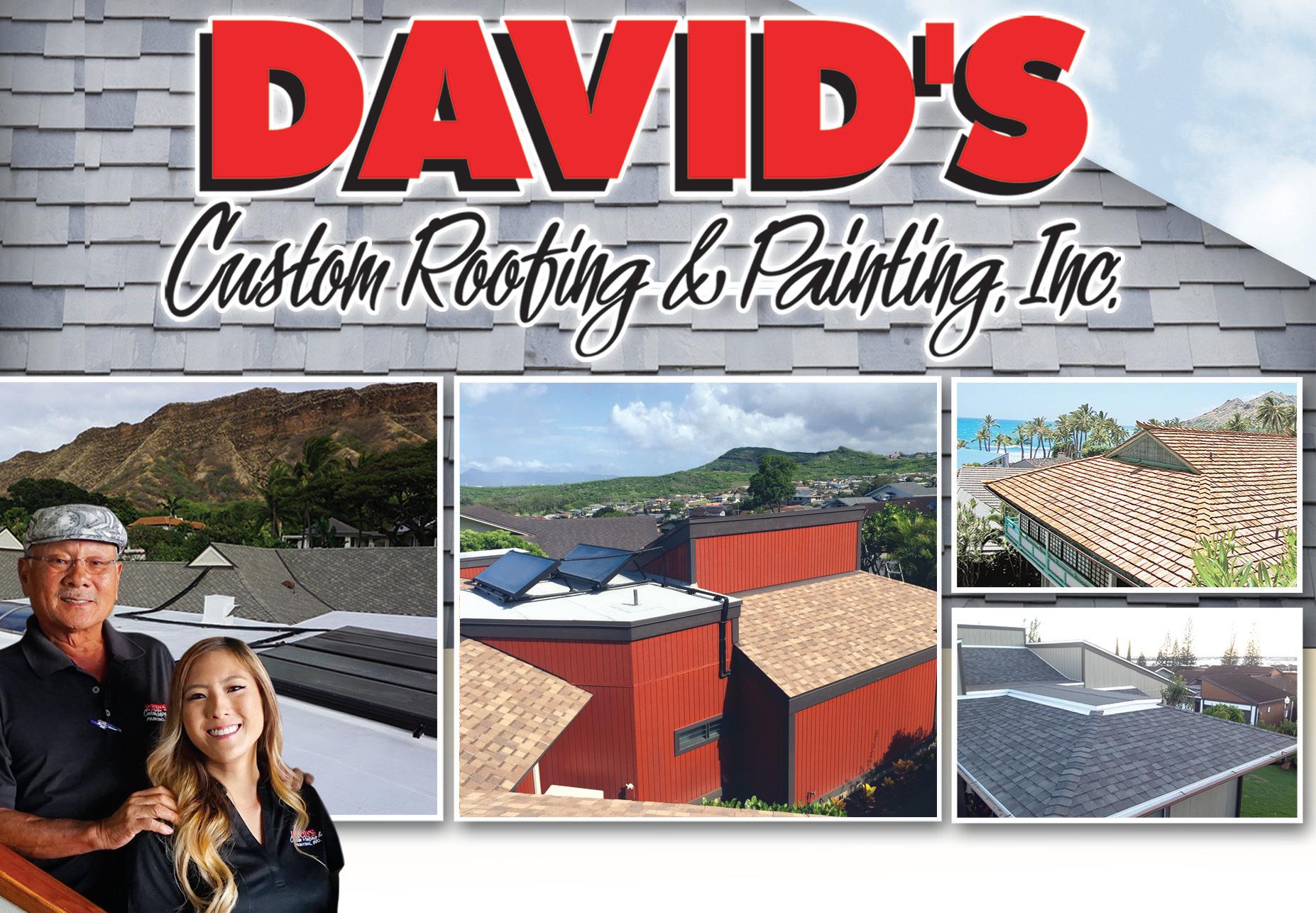
3. THERE IS NOTHING I CAN DO. You can significantly reduce risk to your family and home by preparing now with the free Homeowner’s Handbook to Pre -



pare for Natural Hazards, available at the Hawaii Public Library System or online at hawaiiseagrant.org.

Follow the tips to gather your 14 days of emergency supplies, create an evacuation/emergency plan for all hazards, obtain insurance and strengthen your home. This will help you cope with many types of emergencies (hurricane, tsunami, flood, pandemic or war).
Create an emergency/evacuation plan for the triple threat of a hurricane:
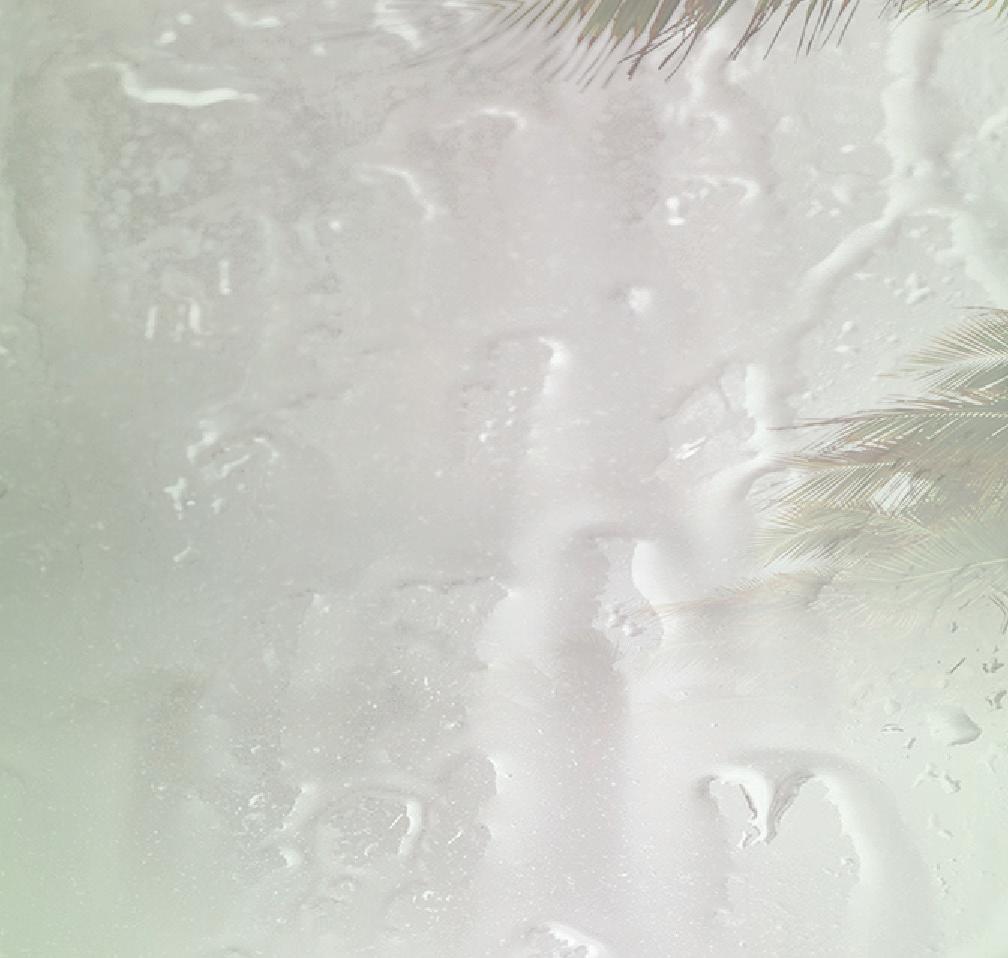






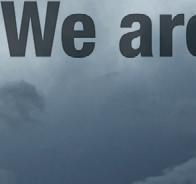

• Waves: Check if you are in storm surge zone with the NOAA storm surge maps at nhc.noaa.gov/nationalsurge.
• Water: Check the state Department of Land and Natural Resources flood hazard assessment tool at http://gis.hawaiinfip.org/FHAT.


• Wind: Only shelter in place if your house is strong enough (see the shelterin-place table in the Handbook). If your house is not wind resistant or suitably located, go to a friend’s or relatives place (stronger house/high-rise condo) that can withstand the triple threat. A public shelter is the last resort. Wait for instructions from local emergency management before you evacuate.
Nearly all homes can be strengthened. Prevent wood rot, termite damage and corrosion.

Add hurricane clips to help keep the roof on the wall. Generally, houses built after 1988 on Oahu, after 1990 on Maui and Kauai, and after 1994 on Hawaii County have them. This simple retrofit can be done with guidance of a licensed architect or structural engineer and $300 in material costs. Or,
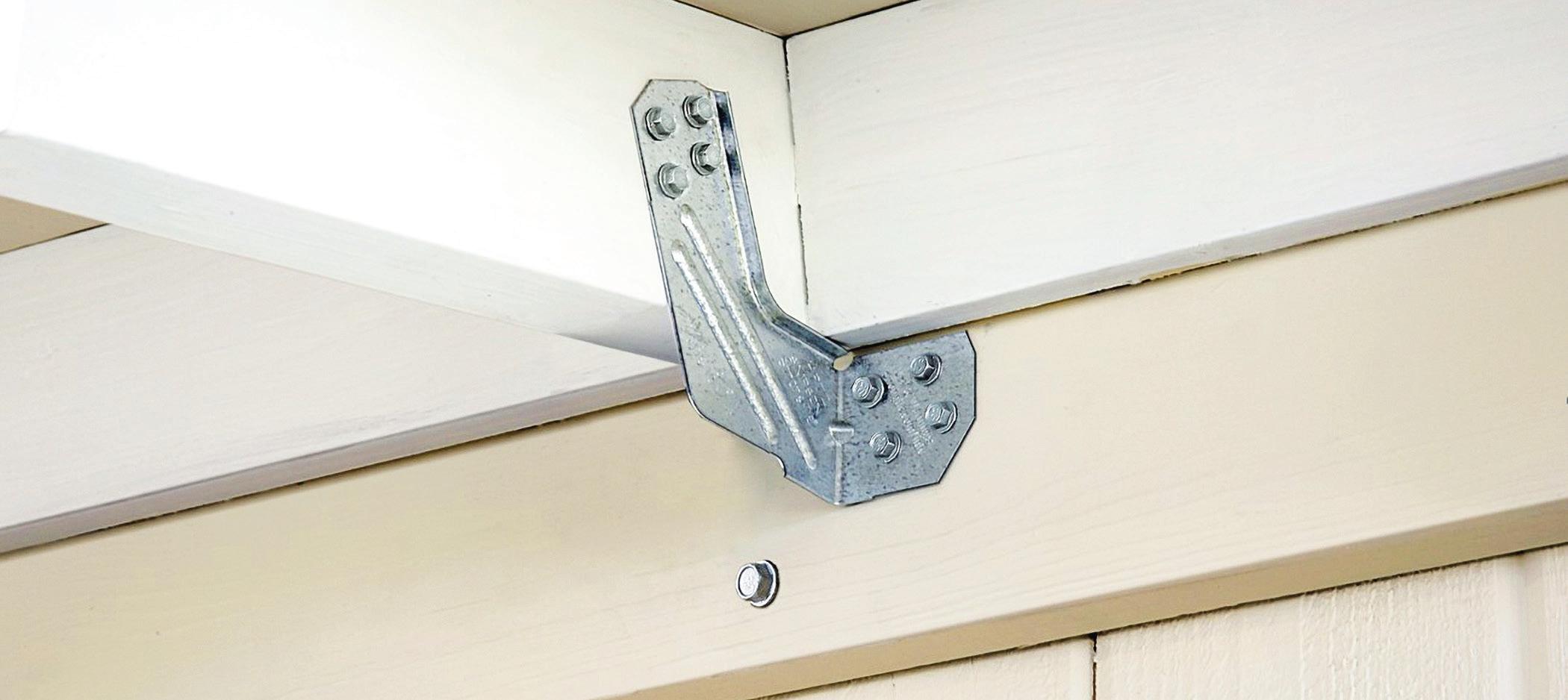



hire a qualified licensed contractor for about $2,000. Consider protecting your windows with plywood, a storm panel system or impact-resistant windows. Do not use masking tape or leave windows open. The handbook covers 10 options for window protection.


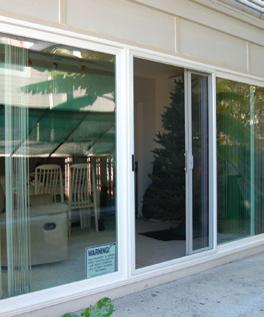
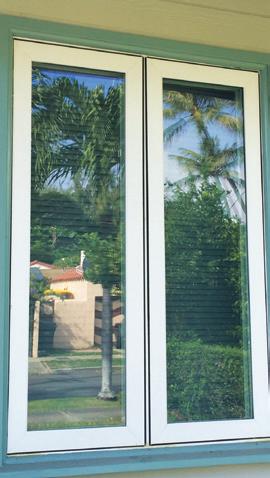

Create a resilient roof. When components of your roof reach the end of their useful life, use the tips in the Handbook to seal the roof against any water infiltration. Keep the roof cool to reduce energy demand and increase the life of roofing components.
If you add solar, make sure of proper attachment to the trusses, consider





a battery, and oversize for an electric car to double your savings and provide emergency power.
Start now, for even the simplest retrofit may take a month or two to line up a contractor. This cannot be done during a watch or warning. These improvements will help your house withstand threatening events for this year and in the future.
Strengthen your home continuously over the long-term, since it is a great investment financially and will protect the most important asset — you and your family. The best time is now, when weather conditions are favorable.

The start of hurricane season in the Central Pacific (June 1) serves as a reminder to Hawaii residents to make sure they are prepared in the event a major storm hits the islands. It’s been a while since Hawaii has experienced a direct hit by a hurricane, but experts say with climate change worsening, it’s only a matter of time until the state is in the crosshairs again.
At Hawaiian Electric, crews work year-round to strengthen the company’s five island grids to better withstand severe events, including weather-related disasters such as hurricanes. The company knows that investing in a more resilient power system will reduce the severity of damage when major events happen and allow service to be restored to customers more quickly.
Hawaiian Electric owns, operates and maintains 9,400 miles of transmission and distribution lines that power the state’s economy and provide service to 95% of the population.

The company’s work to boost resilience includes equipment upgrades as well as longer-term planning efforts that will benefit customers well into the future.

Here are some examples of the company’s ongoing resilience work in 2023:
• Continued work under a contract to own, operate and maintain the U.S. Army’s electrical distribution system at its 12 Oahu-based installations for a period of 50 years. The contract includes 13 projects that will vastly improve resilience and reliability of the Army’s electrical distribution system.
• Replaced or upgraded structures supporting five major cross-island high-voltage transmission lines, including the Koolau-Pukele line crossing the Koolau range.
• Installed 40 grid-protecting devices in various locations around Hawaii island to prevent or limit outages to fewer customers.
• Commissioned the rst smart loop on Hawaii island to provide intelligent automatic switching that will restore and isolate faulted areas.
• Replaced more than 330 poles on Maui, Lanai and Molokai to maintain strength and safety standards based on inspections and testing.

• Inspected, maintained and pruned vegetation on over 415 miles of overhead power lines throughout Maui County to prevent limbs and vines from growing into power lines or contacting them during high winds.
To prepare for the hurricane season, customers can refer to the company’s Handbook for Emergency Preparedness. Digital copies of the handbook and a keiki-friendly booklet featuring Maka the Super Safety Hero are available at hawaiianelectric.com/prepare. The link includes information about where printed copies of the handbook can be picked up on all islands in Hawaiian Electric’s service territory.
Residents should develop their own emergency plans and consider these tips:
• Gather emergency supplies, such as a battery-powered radio, ashlights, lanterns and batteries. Be prepared to monitor communications over emergency broadcast radio stations.

• Store enough water, nonperishable food, medicine and personal hygiene supplies for your family members and pets to last at least 14 days.

• Turn o and unplug all unnecessary electric appliances and equipment during a storm or a power outage. When power comes back and is stable, plug in the equipment one at a time.

• Shut o your electricity at the main breaker or switch if you need to evacuate.
• Consider having a backup generator if you are dependent on an electrically powered life support system, or make plans to go to an alternate location where electricity will be available. Be prepared to take your medical equipment and medications with you.
• Prepare a list of emergency contacts including phone numbers for insurance agents, vendors, physicians or any other important individuals.
• If you see a downed power line, assume it is energized and dangerous. Stay away from downed power lines — at least 30 feet or more (at least two car lengths).

With hurricane season kicking off, now is a great time to create a disaster plan for your garden and farm to reduce loss and damage, and protect the islands’ food security. While it’s important to create a plan and stock up basic supplies for your household, there are some items to consider when creating a plan for your garden or farm.

You’ll want to tailor a plan that fits your specific facilities and operation, including things to do before, during and after a disaster. Formalize it in writing and assign who will do which items. Here are some things to take into consideration:

1. Get your stuff together. Every garden or farm has stuff — plant pots, tools, rolls of greenhouse fabric and other random items strewn about. Many of these items can become projectiles and not just become lost, but also pose a danger. So, make sure to put everything away securely in storage sheds, or at a minimum, cover in tightly pinned-down tarps.
3. Take care of livestock. Move livestock into a freshly cleaned and secure barn or locked up coop, with extra fresh water and food. Planting windbreaks around open areas can also help reduce impacts. Make sure you have an emergency supply of feed, medications and water for animals, as supply chain or utility disruptions could limit your options when an emergency hits.
6. Address potential crop loss. If you’re able to, harvest and sell what’s in the field/ orchard before a disaster, or even donate it for a tax writeoff to a program like Malama Kauai’s Village Harvest gleaning program or your local food pantry or shelter. You could save a lot of potential product loss that would otherwise be compost, improve your revenue or tax savings, and feed your community — in a time when they might need it the most if disaster does strike.
4. Assess waterflows. Knowing how water flows around your aina is critical to understanding how to prepare, so make time to observe where rainflow gathers, which areas puddle, etc. If your area floods, consider securely lifting buildings like sheds and chicken coops off the ground a bit. Build mini ditches or swales to help direct water where you want it to go, and regularly keep drains, streams and other waterways clear.
2. Secure buildings. Assess your structures for vulnerabilities. Ensure that buildings are secure and update hardware such as latches, locks and hinges. Hurricane clips are your friend, so use them liberally! Reinforce windows with thick plywood and replace any loose boards or roofing materials as needed. Have some plywood on hand as it usually sells out when a storm is coming.
5. Keep up with trees. Fallen trees and flying branches can do significant damage, so keep up on removing dead, diseased or overgrown branches before they get out of control. Major tree work can be expensive, but it’s usually not as expensive as a new truck or roof if a tree comes down on them.
7. Register with Farm Service Agency (FSA). FSA has great programs to support producers in times of disaster and blue skies, so it’s wise to register with them in advance so you can take advantage of their services all year long. Ensure important farm records, documents and digital data are backed up and stored securely, preferably in the cloud.
8. Communicate. Keep communication devices fully charged and have backup charging options available. Establish communication protocols with your family members, employees and neighboring farmers to stay connected during and after the hurricane.
9. Build Your hui. A major determining factor of a community’s resilience to disasters is its relationships. Get to know your neighbors, including those who might need a little extra help preparing for, or responding to, disasters. Share resources and support one another in any way that you can. Aohe hana nui ke alu ia. No task is too big when done together by all.
It pays to make plans and take steps now that will allow you to make it through a natural disaster and keep your digital life intact.


Take photos of all family members and pets and have them on every family member’s phone. These can help you all locate one another if separated in an emergency.
Make scans of critical documents like birth certificates, financial and medical information, and insurance and property documents. Important: Make sure you have access to these digital copies on your mobile phone, and that they are protected from online threats.
Back up your important personal data including photos, financial documents and medical records. Use a cloud backup service that securely hosts your files online.
If you’re a business owner, create a disaster recovery plan that includes business backup services.
Download apps and follow accounts on social media for trusted information in the event of an emergency. Look for verified accounts or accounts linked from official government websites.
Items to have in your “digital disaster kit”:
1. A universal mobile device charger and/or portable battery.




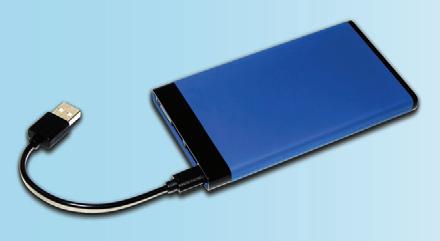

2. Extra charging cords and charger blocks in good condition.
3. Extra batteries for critical devices.
4. A car charger for mobile phones.

5. A handheld radio (solar or crank powered, or with extra batteries).

6. A power strip is good to have in case you don’t have access to multiple outlets in a crowded shelter.
